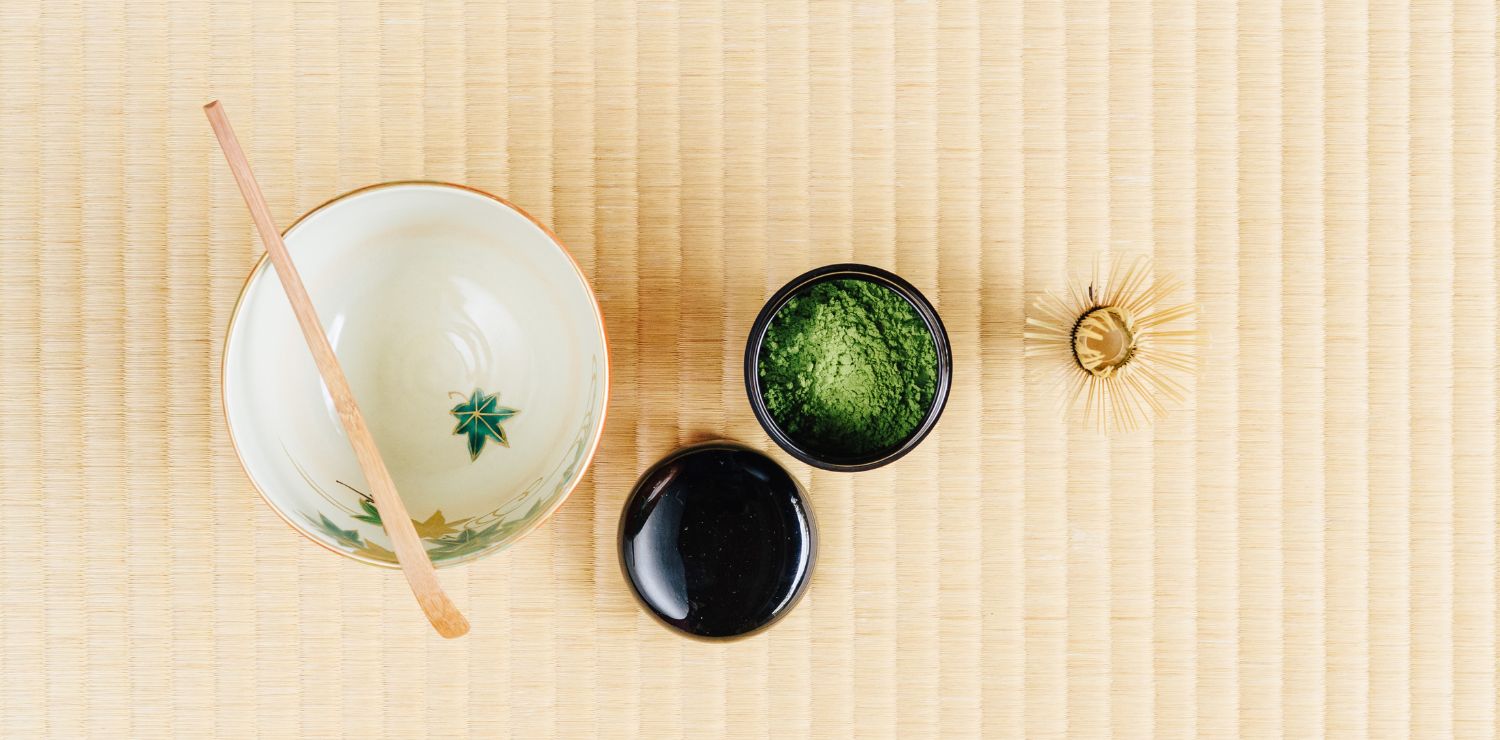The whole history of the tea ceremony in Japan
The tea ceremony, also known as “chanoyu” or “sado” in Japan, is much more than just a tea drinking experience. It is a ritual rich in symbolism, aesthetics, and philosophy, which embodies the very essence of Japanese culture. In this article , we will delve into the fascinating world of the tea ceremony, exploring its origins, traditions, and importance in Japanese society.
Origins and history
The tea ceremony has its roots in ancient China, where tea drinking was associated with religious and medicinal practices. In Japan, the tea tradition was introduced in the 9th century by Japanese Buddhist monks who brought tea seeds from China. Over the centuries, the tea ceremony became increasingly ritualized, influenced by the aesthetic and spiritual values of Zen Buddhism.
The Four Principles of the Tea Ceremony
The tea ceremony is guided by four fundamental principles: "wa" (harmony), "kei" (respect), "sei" (purity), and "jaku" (tranquility). These principles are reflected in every aspect of the ceremony, from the careful preparation of the tea to the arrangement of utensils and the interaction between the host and guests. Together, they create an atmosphere of calm and serenity, where participants can detach themselves from the outside world and focus on the present moment.
The Different Styles of Tea Ceremony
There are several styles of tea ceremony in Japan, each with its own traditions and rituals. The most famous is "chanoyu," also called "chado" or "sado," which focuses on the aesthetics of preparing and enjoying matcha tea , a powdered green tea. There is also "senchado," which focuses on enjoying sencha tea, a brewed green tea. Regardless of the style, each tea ceremony is an opportunity to celebrate the beauty of the moment and nourish the mind and body.
The spiritual meaning
For tea ceremony practitioners, the practice goes far beyond simply enjoying tea. It is a way to cultivate gratitude, compassion, and self-awareness, connecting with others and the nature around us. By focusing on each gesture and moment, participants can achieve a state of mindfulness and inner tranquility, which helps them find balance and harmony in their daily lives.
Conclusion
The tea ceremony is more than just a cultural tradition - it is an art of living that embodies the core values of Japanese society. Through its rituals and symbolism, the tea ceremony invites us to slow down, appreciate the present moment, and cultivate a deep connection with ourselves and others. Whether you are a tea enthusiast or simply curious to discover a new form of art and spirituality, the tea ceremony offers you an enriching and unforgettable experience.
The tea ceremony is an essential part of Japanese culture, offering a precious opportunity to connect with oneself and others through the simplicity and beauty of each gesture.







Maintaining and washing your Kaitsuko Japanese kitchen knives
The best kitchen knife in the world!